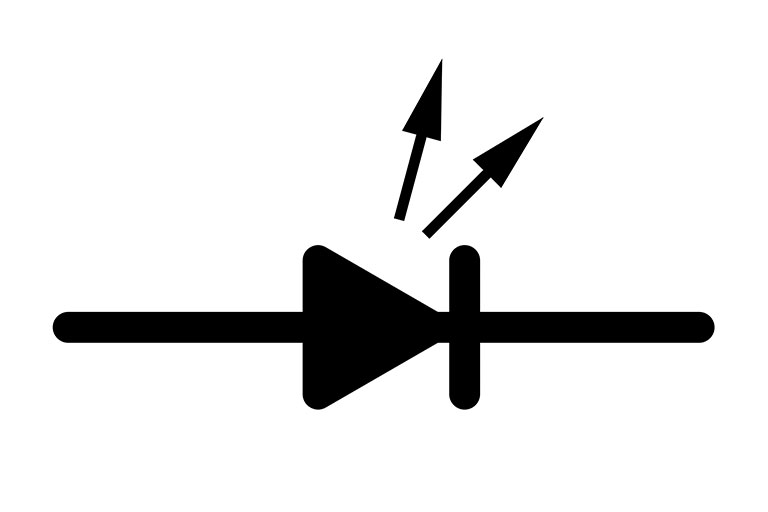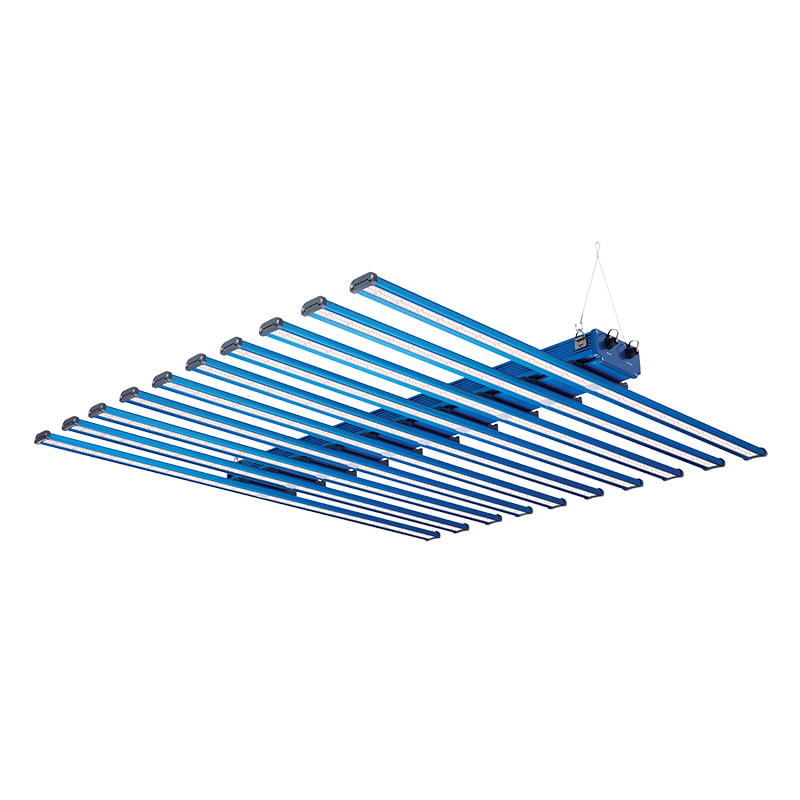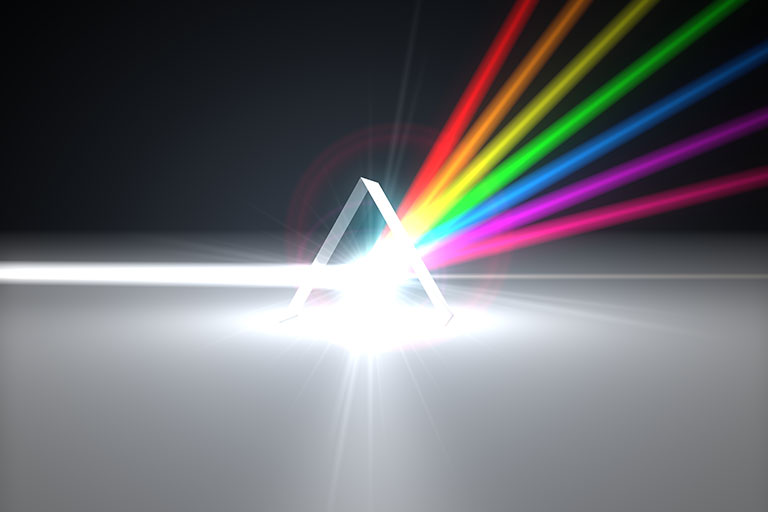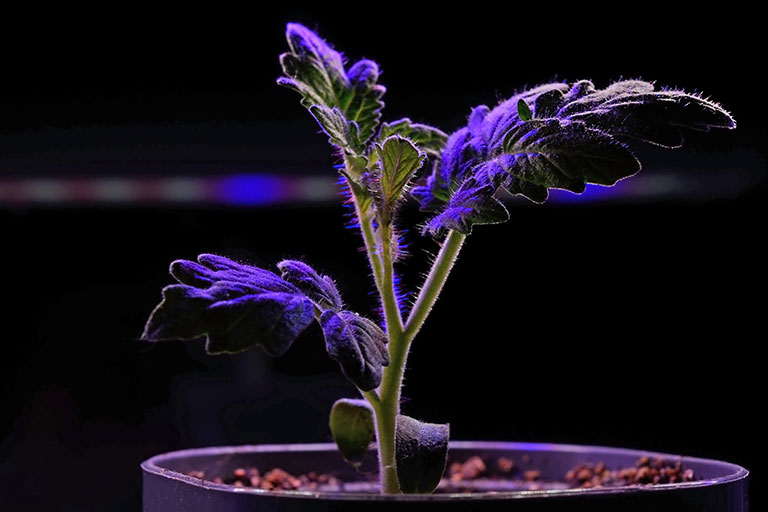7 Top Tips For Choosing The Best LED Grow Lights
What is A LED (Grow Light)

The best LED grow lights, like the Maxibright Daylight 1030W Pro (shown below) or the Lumatek 465W, are unlike other grow lights. LEDs don’t burn a filament in a vacuum, like an HID or HPS lamp, instead, it passes light through semi-conductors. The best LED grow lights feature an array of different LEDs (Light Emitting Diodes) and this creates a light spectrum.
As an LED is likely the only source of light in your indoor garden, so the best LED grow lights are full spectrum LED grow lights.
An LED grow light can be used as:
- The sole means of indoor Grow Room lighting
- As a supplement to natural light
- Paired with other types of grow lights

Unlike other types of grow lights, the light emitted by an LED grow light can be focused. This means that the light isn’t dispersed or lost between the bulb and the canopy of the plants.
What Make The Best LED Grow Lights?
Cost Efficient
LED’s can be expensive to purchase, but they’ll save you money overall. The best LED grow lights are cheaper to operate over time, given their high efficiency. Used correctly, they’ll give you improved results and average out cheaper.
LED grow lights consume fewer watts, but produce about the same amount of usable light as HID lamps. You can use LEDs to deliver more PAR to your plants per watt of electricity. The lifespan is pretty good to, with LED bulbs being good for between 50,000 to 100,000 hours of continuous use. Think of an LED grow light as a long term investment.
Quieter, More Efficient, Silent Running
On average, LEDs provide a lower wattage per square foot than HID fixtures, as a result, they’ll push less heat into the surrounding environment, which eliminates issues with excessive, damaging temperatures. Lower temperatures in your growing environment mean that your ventilation setup won’t work so hard and be quieter as a result.
Choosing a solid-state LED grow light, one with a fanless, passive cooling design means it’ll be quiet as a mouse with slippers on.
Combining a fanless design, consuming fewer watts of electricity and the lower heat output of an LED grow light makes for improved energy efficiencies, money savings and a much quieter and less intrusive indoor garden.
An increasing number of manufacturers are also incorporating spectrum, dimming and scheduling (SDS) control into their LED grow lights for even easier use.
Wider Spectrum of Light

LED grow lights offer a more complete spectrum that benefits plant growth from seed to harvest. Higher end models can produce wavelengths ranging from the visible spectrum down to Ultraviolet light, which is beneficial for net photosynthesis and other beneficial plant functions. All products have varying combinations of LED colours and intensities so it is best to find one that best suits the plants that you intend on growing.
Proximity to Plants

LED grow lights can be placed closer to plants than HID lights due to their low heat output—sometimes as close as a few inches! This is advantageous to plants growing in areas limited by height and also ensures optimal light penetration and exposure. One thing to note here is to ensure the PAR output isn’t too high. Some newer models have very high total light outputs and may require you to leave more head space to ensure you don’t overpower your plants with too much, intense light.
All-in-One Setup
Traditional grow equipment requires that you purchase a ballast, reflector, and lamps. This isn’t the case with an LED grow light. LED grow lights are a single, integrated unit. They’re usually comprised of a slim panel with LEDs, optic lense and power integrated. This is what you’ll hang up and plug in.
7 Top Tips for Choosing The Best LED Grow Lights
1. Do Your Research

There are many LED grow lights to choose from, so firstly you need to get to grips with the specifications and performances. Look up the brand, including:
- Website
- Social media
- Online reputation
You want to make sure that you’re buying your LED grow light from a reliable source (for instance buying an LED from us right now is a great idea 😊).
There’s quite a lot that goes into making a good light. If a brand can’t present their product well, it’s not a great sign of reliability or quality.
2. Reliable Information and Specs
To check if claims like “1000W Grow Light”, “Super High PPFD/PAR” or similar are genuine, cross-reference the specs and information on as many different sites as possible. Ideally, you want to be able to see live recordings and testing, or tests by independent users.
Wattage Claims
Watch out for misleading wattage claims of 1000W or 1500W. For inexpensive grow lights a 1000W value will not reflect the draw power in watts, instead, it represents the total wattage of the diodes used in the light. Diodes come in differing sizes such as; 1W, 1.5W, 3W, 5W, 10W, 15W. Some brands will count the total number of diodes and multiply that by the diode wattage. For example, 100 diodes at 15W would be presented as a “1500W light”. Which isn’t exactly the full story.
Draw Power
The draw power for these “1000W” and “1500W” lights is supposedly about 150-200W which means they are running at around 15 per cent of max capacity (150W draw power/1,000W total LED wattage = 0.15 or 15%). Whereas Smaller diodes, with good heat disposition, can run at 50-60 per cent capacity.
3. Spend as Much as You Can Afford
The more expensive your LED unit the more light, better coverage and bigger yields you will see. A small, cheap LED grow light does not have enough light emitting diodes to make a significant impact on a large plant. They may work well for smaller plants like herbs, spices or micro greens but large plants require considerably more light to bear fruit/buds.
4. Consider the Light Footprint You Need
Not every square inch of the plant needs maximum possible light coverage but the majority of your grow environment should be well illuminated. You should work out what your growing area is and then find the correct number of lights to cover the desired area.
5. Light Output and Intensity (PPFD/PAR)

PPFD basically means photon density – how much light hits a certain area every second. A high PPFD means high light intensity.
Your plants need a certain amount of light to grow.
Early & Vegetative Stage
During the early and vegetative stages plants need the following PPFD (sometimes also referred to as PAR):
- A typical plant needs around 100 to 300 PPFD
- Seeds need around 100 to 300 PPFD
- Clones/cuttings need around 75 to 100 PPFD
Flowering Stage
When your plants are in flower, you can double the PPFD from the above vegetative stage figures. Once you get above 600 PPFD, you need to start to consider using Co2 to offset the light intensity.
6. Get the Right Colour Spectrum

Plants need a full spectrum of light for optimal growth, health and for optimal photosynthesis. Almost every LED grow light on the market has a different spectrum. Most claim to have the “perfect full spectrum light”, when the reality is much different. Generally the ideal colour spectrum for plants consist of 15-20 per cent blue light, 15-25 per cent green light, and about 60 per cent red.
Be aware that blue and red light are much easier to produce than: Green, UV, and far red which require much more electricity. Many, often cheaper, LED grow lights offer a colour spectrum of primarily/exclusively blue and red light. While this does produce the maximum amount of light output, it’s an imbalanced spectrum, so not ideal for plants. The ideal choice is a light colour spectrum that’s as close to natural sunlight as possible.
7. Lamp Efficiency (Efficacy in umol/J or PPF/W or PPE)
You’ll want a grow light that has high efficacy, measured in umol/J (otherwise known as PPF/W or PPE). Efficacy refers to the efficiency of
the grow light in turning electricity into light. High-efficacy, measured in umol/J or PPF/W, means the lamp is better at converting electricity to light. Generally speaking, budget lights will perform at around 0.8 to 1.5 umol/J whilst other more expensive lights can reach efficiency ratings that are twice as high.
LED Grow Light Conclusions

As with lots of new technology, opinion is divided. Even with modern, high output, highly efficient LED grow lights, some growers are devout converts, while others are not yet convinced. While it may take some time to win everyone over, there is no denying that LED grow lights are an exciting prospect. If you’re an early adaptor, and love cutting edge, ever evolving technology you’re more likely to accept that LED grow lights are probably the grow lights of the future!




